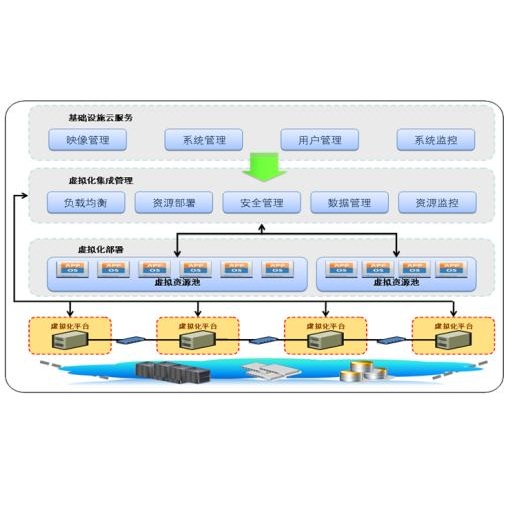The present paper shows a proposal of the characteristics Cloud Risk Assessment Models should have and presents the review of the literature considering those characteristics in order to identify current gaps. This work shows a ranking of Cloud RA models and their degree of compliance with the theoretical reference Cloud Risk Assessment model. The review of literature shows that RA approaches leveraging CSA (Cloud Security Alliance) STAR Registry that have into account organizations security requirements present higher degree of compliance, but they still lack risk economic quantification. The myriad of conceptual models, methodologies and frameworks although based on current NIST SP 800:30, ISO 27001, ISO 27005, ISO 30001, ENISA standards could be enhanced by the use of techno-economic models like UTEM, created by the author, in order to conceive more simplified models for effective Risk Assessment and Mitigation closer to the theoretical reference model for Cloud Risk Assessment, available for all cloud models (IaaS, PaaS, SaaS) and easy to use for all stakeholders.
翻译:本文件介绍了云风险评估模型应具备哪些特点的建议,并介绍了对这些特点的文献的审查,以便查明目前的差距;这项工作显示了云层RA模型的排名及其符合理论参考云层风险评估模型的程度;对文献的审查表明,将组织安全要求纳入考虑的云层风险评估系统登记册的杠杆作用提高了遵守程度,但它们仍然缺乏风险经济量化;各种概念模型、方法和框架,尽管以目前的NIST SP 80030、ISO 27001、ISO 27005、ISO 30001、ENISA标准为基础,但可以通过使用作者创建的技术-经济模型,如UTEM等技术-经济模型来增强标准,以便为有效的风险评估和缓解设计更简化的模式,使之更接近于云层风险评估的理论参考模型,该模型适用于所有云层模型(IaS、PaS、SaaS),便于所有利益攸关方使用。




